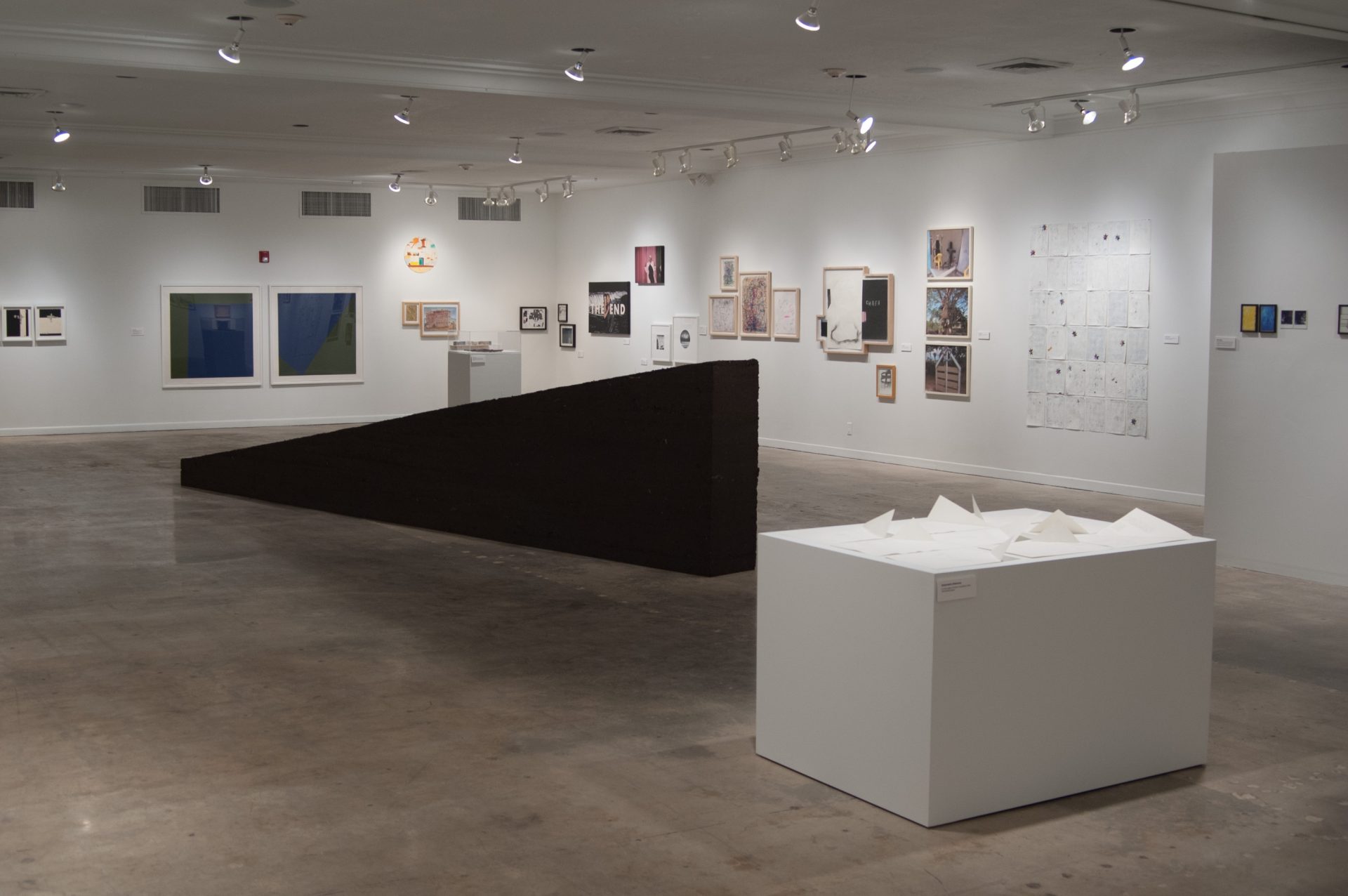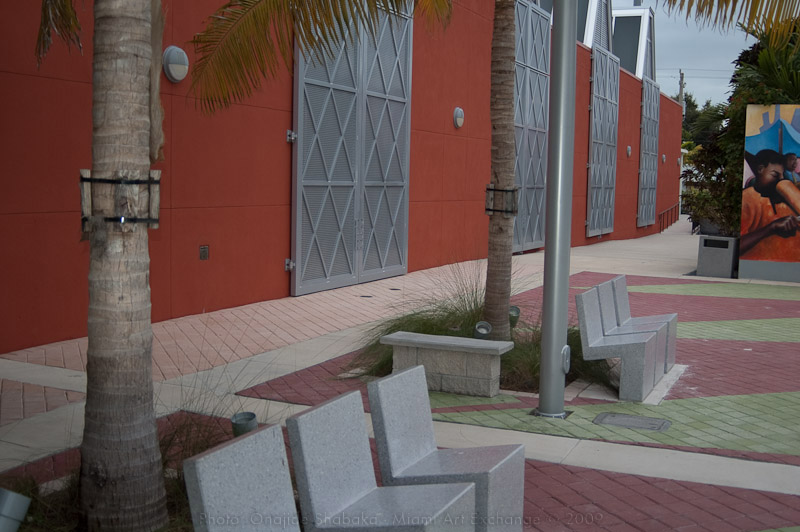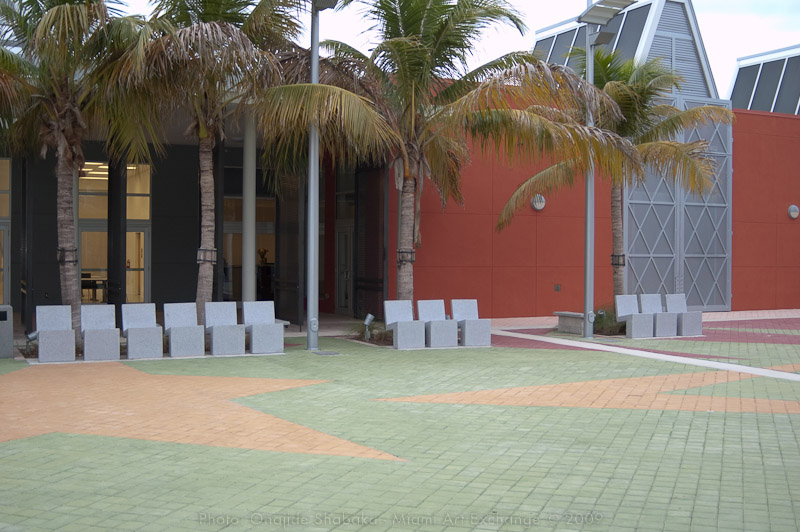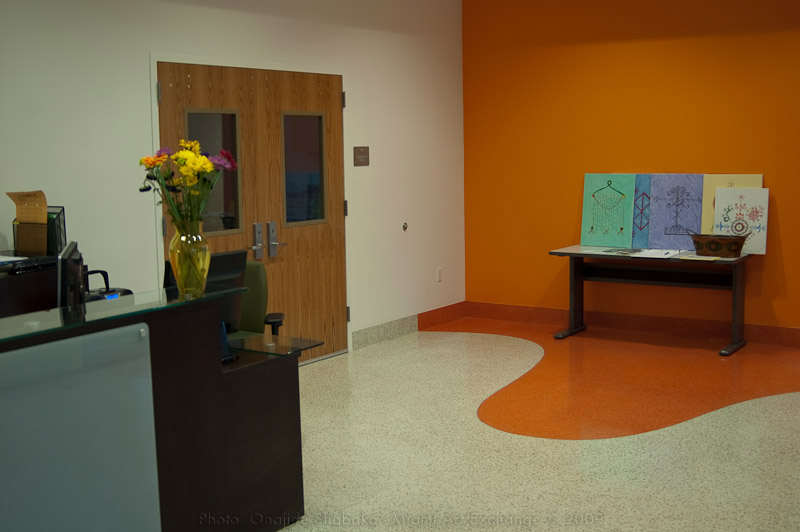This is too vitally important not to repost. If you haven’t seen this facility, you should.
BY ANDRES VIGLUCCI –
aviglucci@MiamiHerald.comYet, a year after its understated opening, the city-run Little Haiti Cultural Center is largely unheralded, severely underfunded and sorely underused.
Most days, there are no visitors in the gallery, which holds a first-rate show of contemporary art by Caribbean artists living across the globe. The kiln in the ceramics studio is rarely, if ever, fired up. The 270-seat theater is nearly always dark.
“They built it, but it really didn’t have a function,” laments renowned Haitian-born artist Edouard Duval-Carrie, whose private studio adjoins the center and who has volunteered to help city administrators devise programs for it, including the Global Caribbean art show he curated.
“It’s a wonderful space. It could become a place of international stature, but the city doesn’t know what to do with it.”
Though the facility is designed in part to offer art classes to neighborhood kids, its intended scope was far more ambitious: to serve as a showcase for Afro-Caribbean art, music, theater and dance.
“This is not a dinky little community center to teach finger painting to kids or a place to play dominoes,” said Duval-Carrie, who corralled French sponsors for the art show, brought collectors and dealers to the center during Art Basel/Miami Beach in December and continues giving tours to interested visitors, including a French group next week.
AMBITIOUS PROPOSAL
The center grew out of an ambitious proposal by former city Commissioner Arthur Teele for an extensive Little Haiti park. The plan was eventually scaled back, morphing into a soccer park and separate cultural center that would incorporate the landmark but long-shuttered Caribbean Marketplace, also owned by the city.
When Teele, who later committed suicide, was forced out of office by criminal indictment, the cultural center project had sufficient funding — from a voter-approved parks bond issue — and momentum to continue, though it was largely bereft of direction, public officials familiar with the process say.
Teele’s successor, Michelle Spence Jones, pushed it to completion before she, too, was forced out of office on corruption charges last year.
That the center — two buildings in a modern Caribbean idiom flanking a public plaza — turned out so well, Spring said, is largely a credit to the architect, Bernard Zyscovich. Spring said the architect listened to community wishes and “did something absolutely inspired without the benefit of a client with a vision.”
Parks officials, however, can’t even pinpoint the facility’s budget. The consultant recommended an operating budget of more than $500,000, funded in part by proceeds from fees, performances and rentals. Administrators say it’s likely less than that.
For his part, Duval-Carrie said he’s not giving up. With the University of Miami, he organized a forthcoming symposium on Caribbean contemporary art at the center. His French sponsors have committed to supporting annual art exhibits timed to Art Basel for four years.
“We try to use the space,” the artist said, referring to his foundation, the Haitian Cultural Arts Alliance. “But we cannot be the only ones. It is too good a facility not to be used.”



